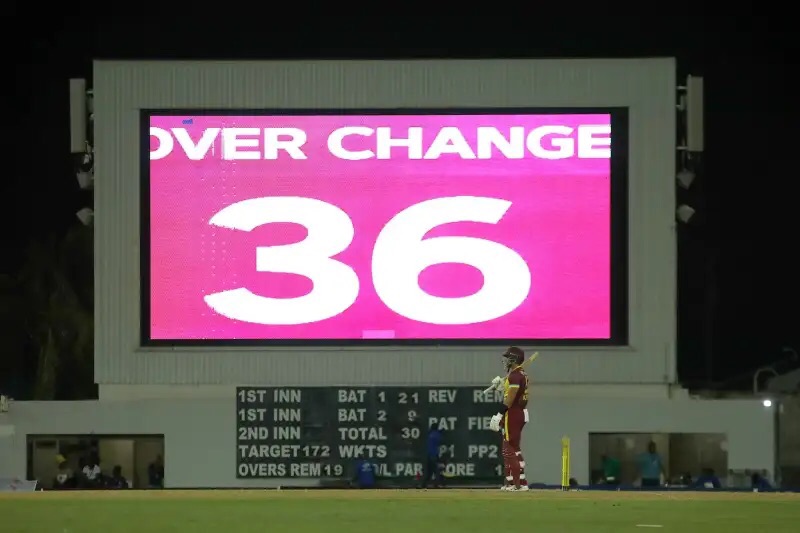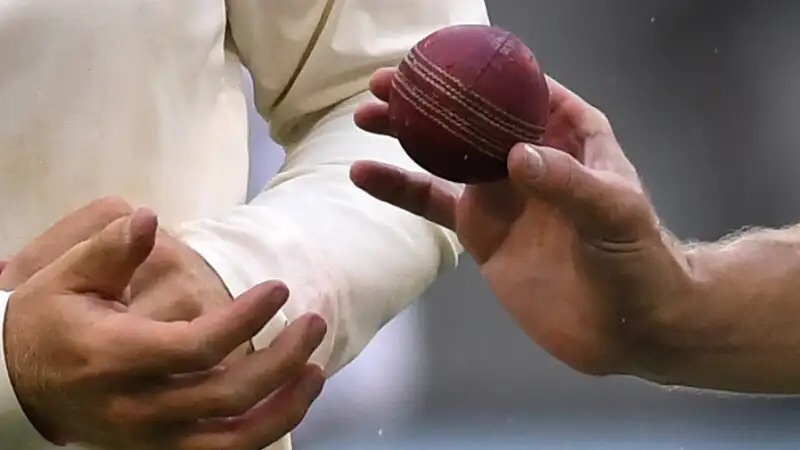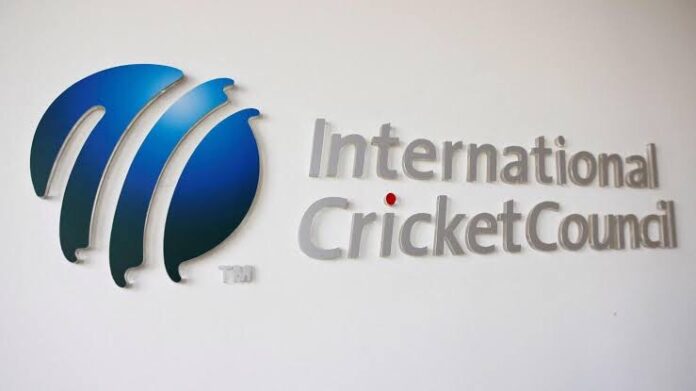
The ICC has introduced the stop clock to control over rates in Test cricket as well
The ICC has recently approved a number of changes to the playing rules for men’s international cricket.
These updates include a new Boundary Law and the use of only one ball in ODIs starting from the 35th over. Some of these changes are already in effect for the new cycle of the World Test Championship (WTC) from 2025-27, while those related to white-ball cricket will start on July 2.
After reviewing the playing conditions shared with member countries, ESPNcricinfo highlights the key changes across all three formats.
Stop Clock in Test Cricket
Following the introduction of a stop clock in white-ball formats last year, the ICC has now decided to implement it in Test cricket as well, addressing the ongoing issue of slow over rates.
According to this rule, the fielding team must be ready to bowl within one minute after finishing the previous over. If they do not comply, they will receive two warnings from the umpires. After these warnings, a five-run penalty will be applied to the bowling team.
The warnings reset to zero after every block of 80 overs. Additionally, the clock will count upward from 0 to 60 seconds. This rule has already been active since the start of the 2025-27 WTC cycle.
No Required Ball Change for Intentional Saliva Use
The ICC has announced that even though using saliva on the ball is still banned, umpires are no longer required to change the ball immediately if they find saliva on it.
This adjustment aims to prevent teams from deliberately putting saliva on the ball to force a change. From now on, umpires will only replace the ball if its condition changes significantly, such as becoming too wet or gaining extra shine.
The decision is entirely up to the umpires. Additionally, if the ball behaves differently after umpires determine that saliva hasn’t affected its condition, it won’t be replaced. However, the batting team will receive five runs in this case.
DRS Rules for Second Review After an Out Decision
Picture this: a batter is given out caught behind and requests a review. The UltraEdge technology shows that the ball only brushed against the pads without touching the bat.
With the catch ruled out, the TV umpire then checks for another way the batter could be dismissed by looking at ball-tracking for lbw (leg before wicket). Previously, once it was confirmed that the batter was not out caught, the standard ruling for lbw would automatically be not out.
This meant that if ball-tracking resulted in an “umpire’s call,” the batter would still be safe. Under the new rule, when lbw is reviewed and displayed, it will show “out” as the original decision. If this review ends with an umpire’s call result, then the batter will be ruled out.
Combined Reviews – Decisions Will Follow the Order of Events
The ICC has decided to change how they handle reviews during a combined review that includes both umpire and player appeals. From now on, these reviews will be done in the order that they happen.
Previously, during a combined review, the TV umpire would look at the umpire’s appeal before checking the player’s appeal.
According to rule 3.9 in the updated ICC playing conditions, “If the outcome of the first incident is that a batter is out, then the ball is considered dead at that moment, making it unnecessary to look into the second incident.
” This means if there’s an appeal for lbw and a run out, the TV umpire will now first review the lbw since it happened first. If the batter is ruled out, then the ball will be called dead.

Reviewing Catch Fairness for No-Ball
Imagine a situation where the on-field officials are unsure if a catch was taken cleanly. While they are discussing this, the TV umpire tells them it was a no-ball. In the old rules, once the no-ball was called, the TV umpire wouldn’t look into whether the catch was fair.
However, under the new rules, the third umpire will check to see if the catch was fair. If it is deemed a fair catch, the batting team will only receive one extra run for the no-ball. If the catch wasn’t taken cleanly, then the batting team will get all the runs that were scored by the batters.
Intentional Short Run
Previously, if one of the batters was caught taking a short run, their team would lose five runs as a penalty.
Now, according to updated rules, if a batter is found to have intentionally not made their ground in order to gain an extra run, umpires will let the fielding team choose which batter they want to have on strike. The five-run penalty will still apply.
“A deliberate short run happens when batters try to make it look like they ran more than one run while at least one batter purposely does not reach their ground at one end,” states Rule 18.5.1 of the playing conditions. “Batters can decide to stop running as long as the umpire believes there was no intent to trick them or score a run they didn’t complete.”
Full-Time Replacement Players in Domestic First-Class Cricket
To help teams when a player gets seriously injured, the ICC has suggested that cricket boards try out a full-time replacement player in their domestic first-class matches. This replacement can step in and take over the injured player’s role.
The replacement must be similar to the original player, just like with a concussion substitute. Match officials must see clear evidence of the injury before they allow this full-time replacement to play. This rule won’t apply for minor injuries like hamstring pulls.
This new rule is only a trial and each member country can decide whether to use it in their domestic first-class games.



